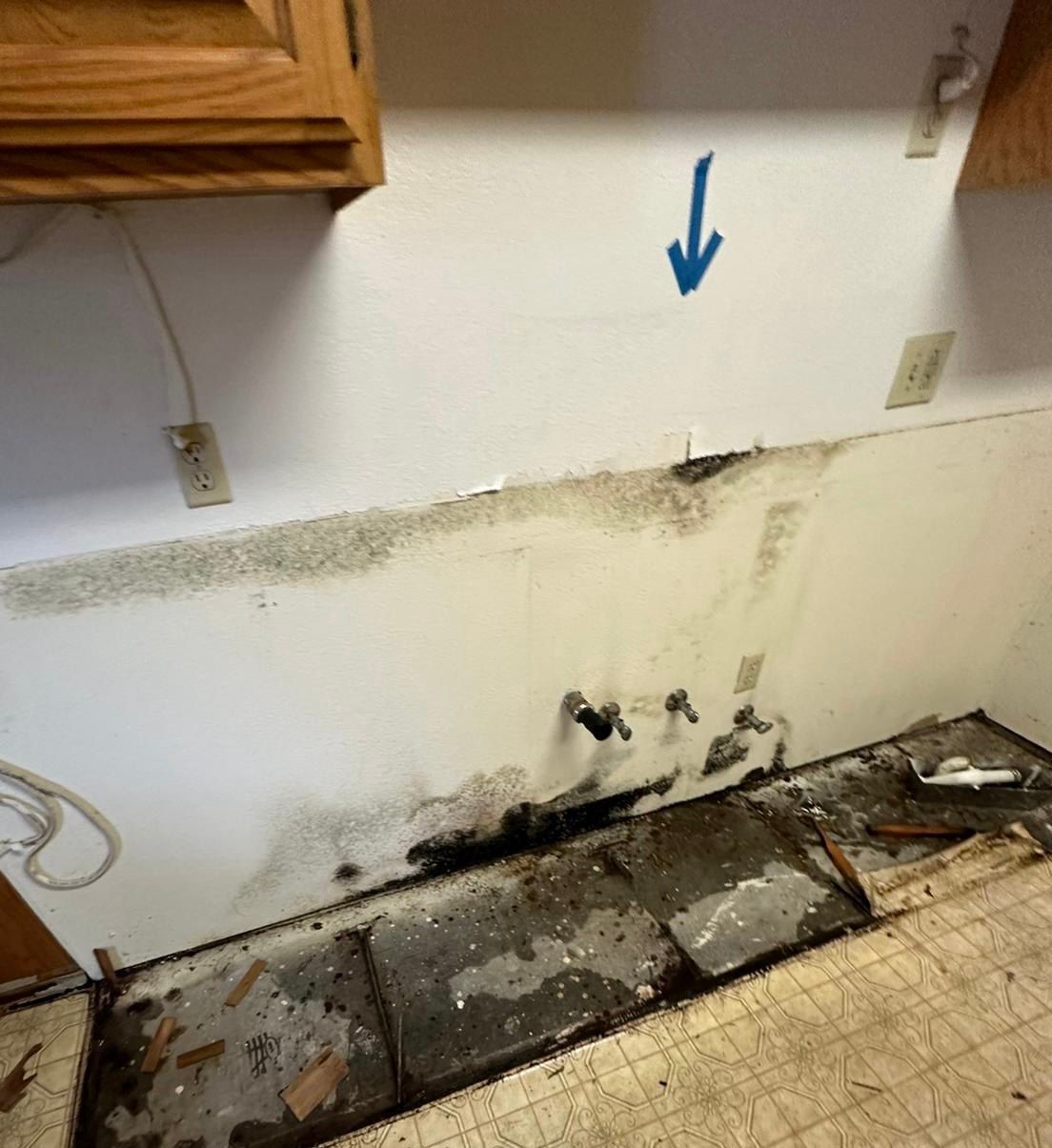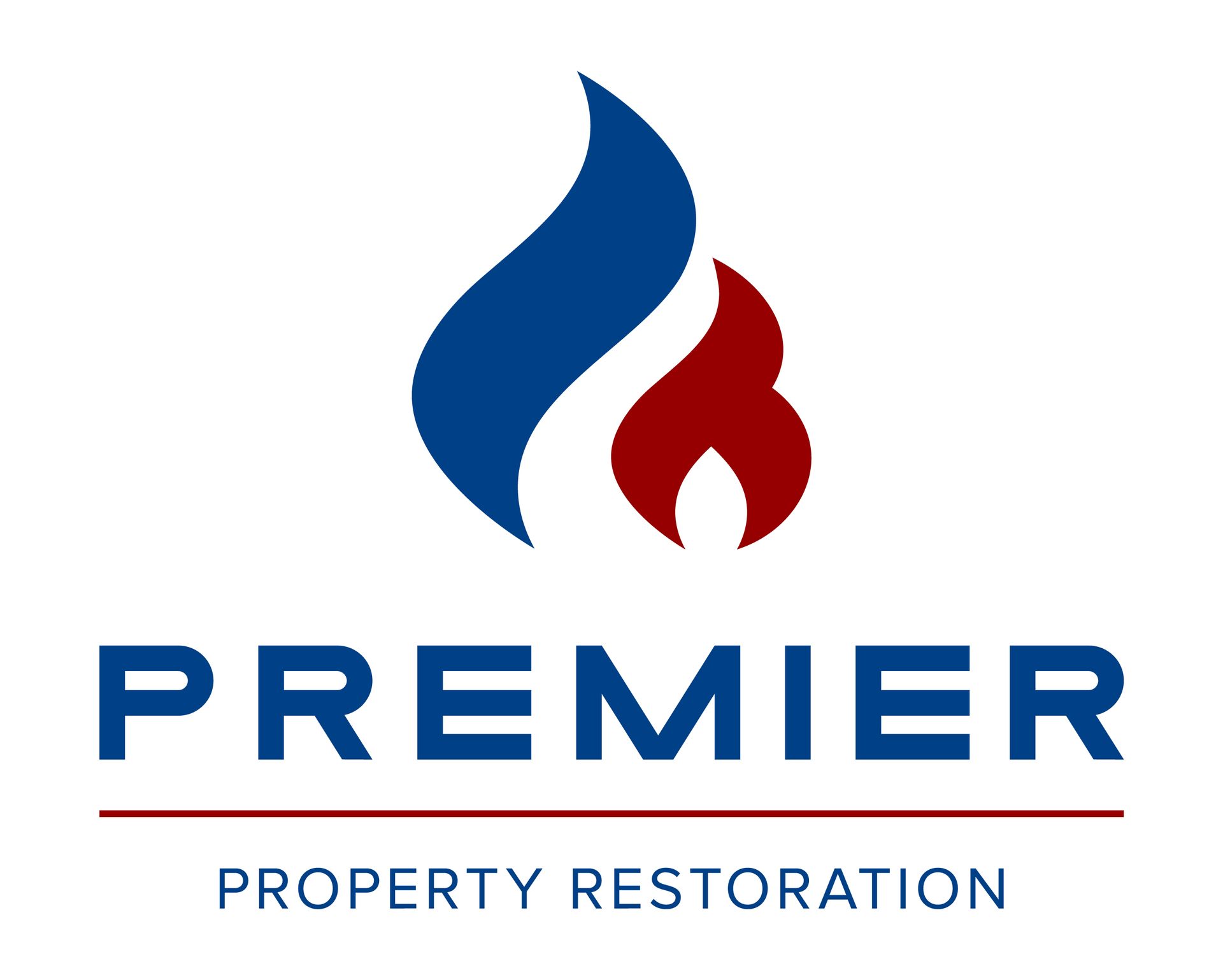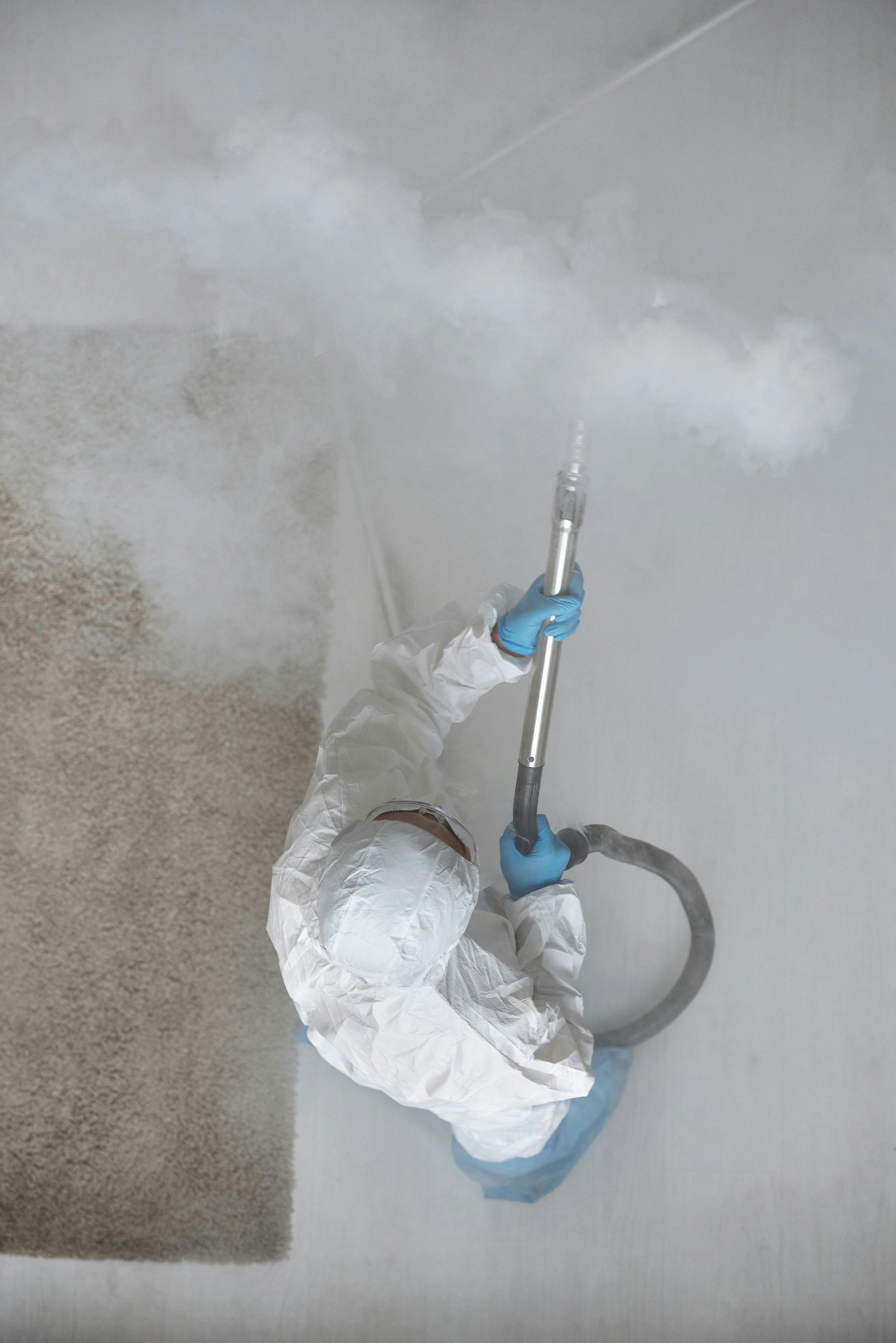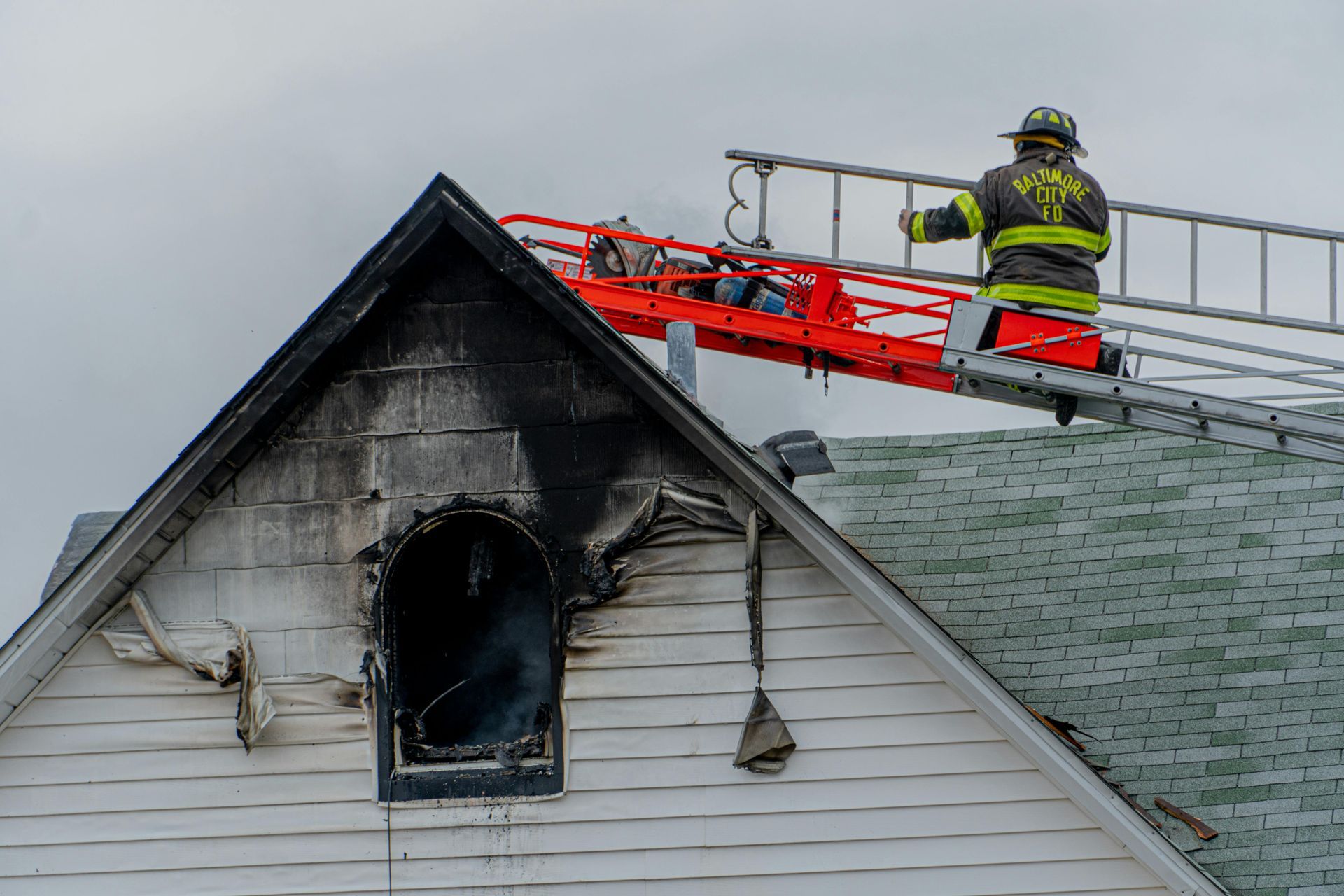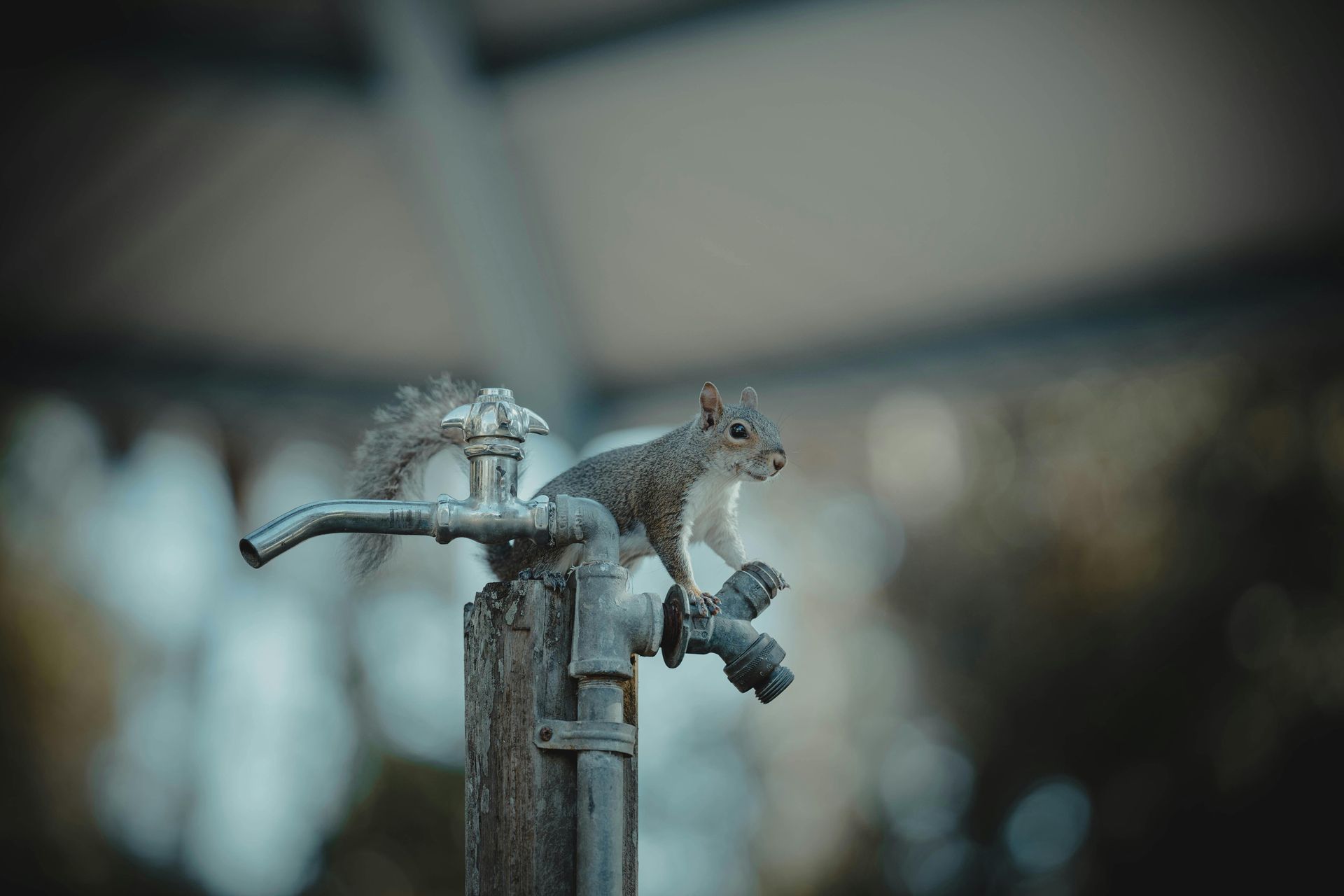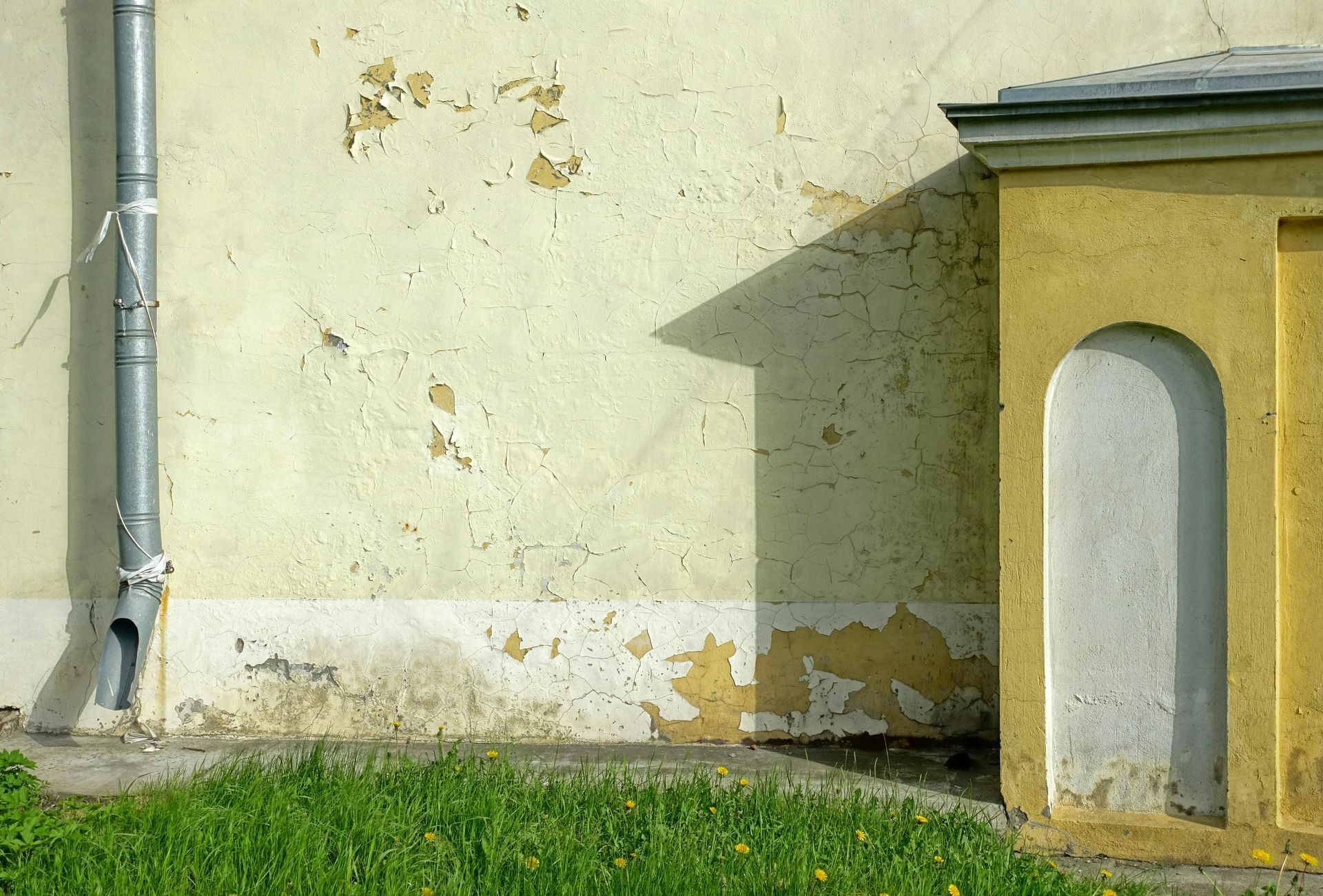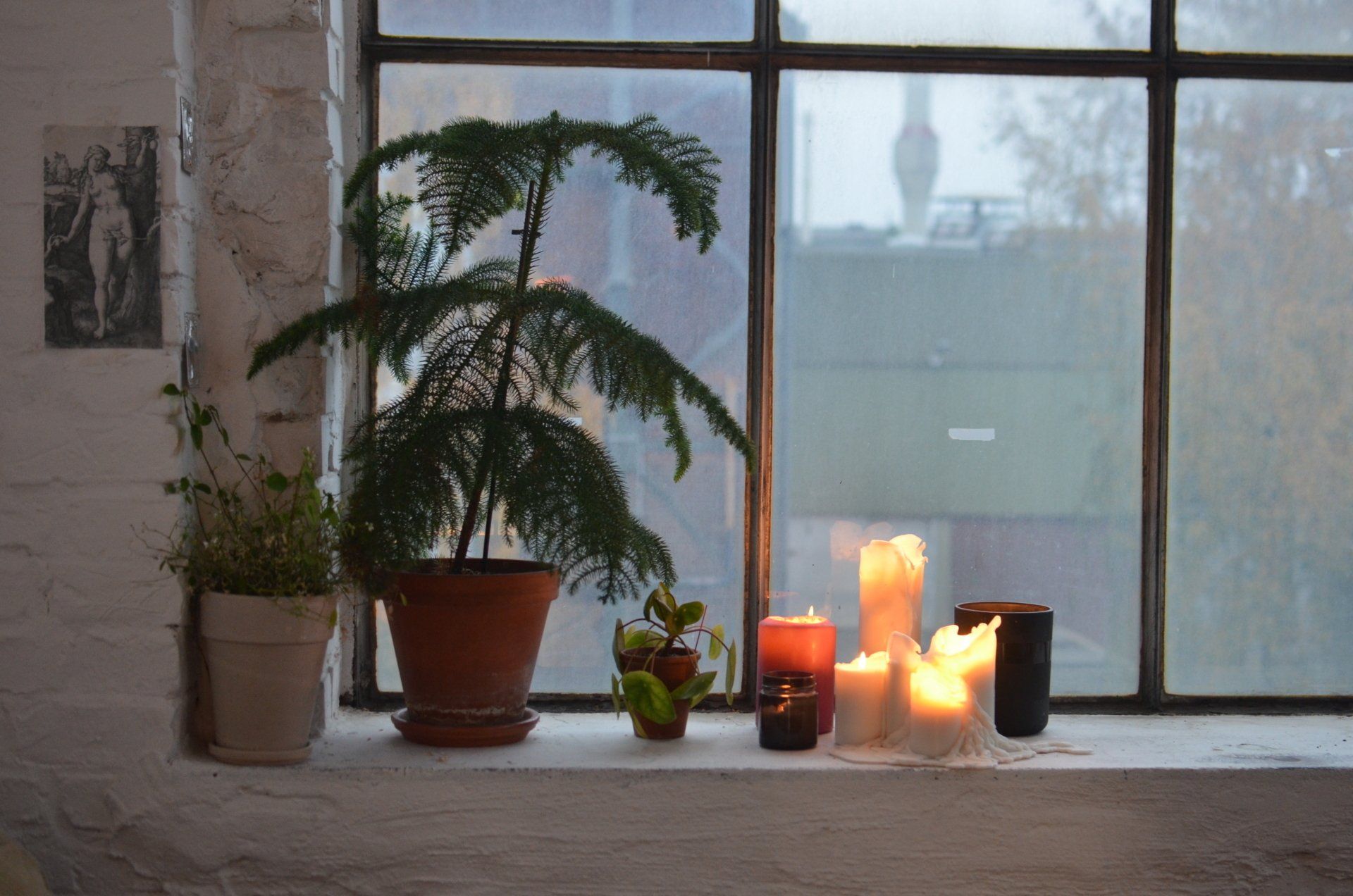Ultimate Guide: How to Detect Mold in Your Home Effectively
Mold in the home is a silent adversary, often unnoticed until it becomes a significant problem. Knowing how to detect mold is crucial for maintaining a healthy living environment. Mold thrives in damp, poorly ventilated areas, posing potential health risks such as allergic reactions, respiratory issues, and other serious conditions if left unchecked. This guide aims to equip you with effective strategies for mold detection, helping you identify signs of mold growth early. We will discuss common indicators of mold, tools for detection, and steps to take once the mold is found. Stay ahead of the game and ensure your home remains a safe haven for you and your loved ones.
What is Mold?
Mold is a type of fungus composed of small organisms found almost everywhere. In the environment, mold plays a critical role in breaking down dead material, contributing to the ecosystem's decomposition process. However, when mold grows indoors, it can pose health risks and damage home structures. More than a thousand mold species could be present in the home environment, but some of the most common include Cladosporium, Penicillium, Aspergillus, and Stachybotrys chartarum, often referred to as black mold.
These molds flourish under specific conditions—primarily in moist, warm, and poorly ventilated areas. Humidity levels above 60%, darkness, and stagnant air provide the perfect breeding ground for mold spores to settle and multiply. Areas like bathrooms, basements, and kitchens are particularly susceptible to mold growth due to their exposure to moisture. It's crucial to monitor these environments and employ preventive measures like dehumidifiers and adequate ventilation to control mold growth. By understanding the conditions mold thrives under and the types that commonly invade homes, homeowners can better safeguard their living spaces against this unwelcome guest.
Health Risks Associated with Mold
Exposure to mold can lead to a spectrum of health issues, ranging from mild allergic reactions to severe respiratory conditions. Common symptoms of mold exposure include sneezing, coughing, sore throat, nasal congestion, watery eyes, and skin irritation. For individuals with asthma or chronic lung diseases, mold can exacerbate their conditions, leading to an increase in asthma attacks or lung infections. Additionally, certain types of mold produce mycotoxins that can be particularly harmful, causing symptoms such as fatigue, nausea, headaches, and, in extreme cases, neurological damage or even death.
Vulnerable groups, including children, the elderly, and those with compromised immune systems or pre-existing respiratory conditions, are at a heightened risk for adverse health effects from mold exposure. For instance, a study published in the Journal of Allergy and Clinical Immunology found that early exposure to mold in children could increase the risk of developing asthma by age seven, particularly among those genetically predisposed to the condition.
Anecdotal evidence further underscores the importance of timely mold detection and remediation. In one testimonial, a family reported recurrent respiratory issues and allergies among their children. Upon inspecting their home, a significant mold infestation hidden behind the walls was discovered. After professional mold remediation, the family noticed a substantial improvement in their health, highlighting how addressing mold issues can lead to a healthier living environment. These narratives serve as potent reminders of the necessity to stay vigilant about mold in the home to protect the health and well-being of all occupants.
Visible Signs of Mold Infestation
One of the most unmistakable signs of mold infestation is visible discoloration on surfaces, which may appear in shades of black, green, white, or yellow. Mold typically manifests as irregular spots that can spread over large areas if not addressed. In addition to discoloration, mold often has a fuzzy or slimy appearance, especially when it thrives in a moist environment. This distinct texture sets it apart from mere stains or mineral deposits that might be found on walls or ceilings.
Another indicator is the presence of a musty odor, which is especially strong in closed spaces like cabinets, basements, or rooms with poor ventilation. This smell is a telltale sign that mold spores are active and proliferating in the area.
It's essential to differentiate between mold and mildew, as their treatment and potential health risks can vary. Mildew is typically lighter in color, appearing as white or gray patches, and usually grows on flat surfaces, making it easier to clean. Mold, in contrast, penetrates the surface of the material it grows on and may require professional remediation if severe.
Image descriptions or visual guides can be particularly helpful for homeowners. For example, a side-by-side comparison of mold and mildew on a bathroom wall or window sill can illustrate the differences in appearance and texture, aiding in early detection and identification. Recognizing these signs is the first step towards mitigating mold-related risks and ensuring a healthy living environment.
Hidden Mold: Beyond the Visible
Mold thrives not only in visible areas but can also lurk in hidden spots, making it a formidable challenge to detect and eradicate. Behind walls, under carpets, and within HVAC systems are common hideouts for mold because these areas provide the moisture and darkness that mold spores need to flourish. Behind wallpaper or paneling, mold can grow unnoticed for months or even years, slowly damaging the structural integrity of your home. Underneath carpets, especially on pads or subflooring that have been exposed to moisture, mold can proliferate undetected, leading to poor air quality and potential health risks. HVAC systems, particularly the ductwork, can harbor mold spores and distribute them throughout the home, exacerbating respiratory conditions and leading to a host of health issues.
The potential dangers of undetected mold growth include structural damage to your home and significant health risks, especially for individuals with respiratory conditions or mold allergies. Continuous exposure to mold can lead to chronic symptoms, including persistent coughs, headaches, fatigue, and even neurological impacts over time.
A musty, earthy smell is a telltale sign of mold presence. This odor is a clear indicator that mold spores are active in the area, even if the mold itself is not visible. Recognizing this smell can be crucial in identifying hidden mold growth. The best way to detect mold is to be vigilant about its common signs, including the distinct musty smell, and to regularly inspect areas prone to moisture. Early detection and remediation are key to preventing the spread of mold and safeguarding your health and property.
DIY Mold Detection Techniques
DIY mold detection techniques include inspecting for visible signs and musty odors, using mold test kits, monitoring humidity levels, and inspecting areas prone to moisture like bathrooms and basements regularly for any signs of mold growth.
Visual Inspection
Conducting a thorough visual check involves examining common household areas susceptible to mold. Focus on bathrooms, kitchens, basements, and around windows where moisture accumulates. Look for discoloration, warping, or water damage as indicators of potential mold presence.
Smell Test
The smell test is straightforward. Mold emits a musty, earthy odor, distinguishable in areas like basements or closets. If you notice such a scent, especially in damp, closed-off spaces, it's a strong indicator that mold is present and further investigation is needed.
Home Mold Testing Kits
Home mold testing kits vary in reliability; some accurately identify mold types, while others may not detect all mold spores. Popular kits include the Mold Armor FG500, 3M Mold Test Kit, and the My Mold Detective MMD103. When using these DIY kits, follow instructions precisely and consider consulting a professional for confirmation.
Professional Mold Inspection
Despite the usefulness of DIY methods for detecting mold, hiring professional mold inspectors offers significant advantages that ensure thorough detection and remediation. Professionals are equipped with advanced tools and employ comprehensive techniques that go beyond the capabilities of most homeowners. They utilize moisture meters, infrared cameras, and air sampling tests to accurately identify mold presence, even in areas not visible to the naked eye. These precise tools help in pinpointing the exact source of moisture that is fostering mold growth, thereby addressing the root cause rather than just its symptoms.
When selecting a mold inspection company, it's important to look for certified professionals with a solid reputation and extensive experience in mold detection and removal. Reading reviews and asking for references can provide insights into their reliability and efficiency. Working closely with these experts allows for a customized approach to treating mold tailored to the specific needs of your property.
Periodic mold inspections, particularly after incidents of water damage or floods, are crucial in preventing mold proliferation. Professional inspectors can identify potential vulnerabilities in your home's structure that could lead to future mold issues, offering preventive measures to maintain a healthy living environment. Their expertise not only helps in immediate mold eradication but also in safeguarding your home against future mold-related problems.
Prevention: Keeping Mold at Bay
Prevention is pivotal in maintaining a mold-free home. Ensure effective ventilation, use dehumidifiers, fix leaks immediately, clean regularly, and control humidity levels to mitigate mold's chance to grow. These practices safeguard your home's health and comfort.
Controlling Humidity Levels
Maintaining optimal humidity levels between 30-50% reduces mold growth. Use a hygrometer to monitor indoor humidity. Utilize air conditioners and dehumidifiers to maintain these levels, especially during humid months, to prevent excess moisture that fosters mold.
Proper Ventilation
Effective ventilation ensures a constant flow of air, reducing moisture and preventing mold growth. Achieve this by opening windows, using exhaust fans in kitchens and bathrooms, and employing attic vents, which circulate air and control indoor humidity levels efficiently.
Regular Home Maintenance
Regular checks and maintenance are crucial for preventing mold. Inspect your home for leaks and address them promptly. Using dehumidifiers and moisture absorbers, like silica gel packs, helps maintain dry conditions, significantly reducing the risk of mold growth in damp areas.
Mold-Free Living is a Click Away. Reach Out Now!
At First Call Restoration, we understand the importance of a healthy, mold-free living environment. We believe that the best way to detect mold is not just through specialized techniques but with the expertise that comes from years of experience. Our team of certified professionals uses state-of-the-art technology to ensure accurate mold detection and effective remediation. Don't leave your health or your home's integrity to chance. For peace of mind and a mold-free home, reach out to First Call Restoration today. Experience the difference that professional care can make. Contact us now for a consultation and take the first step towards a cleaner, healthier home.
